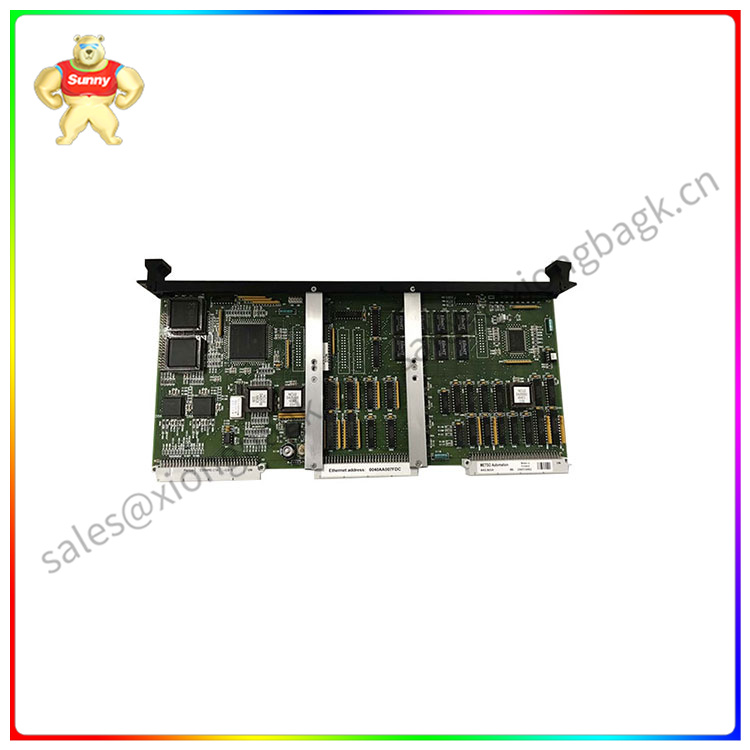Local electronics manufacturing enterprises have long faced two major challenges: “cold” and “hot”. “Hot” lies in the continuous hot development of China’s electronic manufacturing industry. China Academy of Information and Communications data show that the local electronics industry production has maintained rapid growth. In the first half of 2022, the added value of the electronics manufacturing industry above designated size increased by 10.2%, which is the fastest growing industry among 28 major manufacturing industries. Rapid growth means opportunities for development, but also means pressure to deliver orders.
The “cold” challenge faced by the electronics manufacturing industry for a long time is that the talent market continues to be cold, and the repetitive tasks in the production line are difficult to recruit, hire and retain workers, which gradually affects the production efficiency and even the order delivery rate.
A foreign semiconductor company located in Shanghai is also facing such a hot and cold alternate development dilemma. In the context of continued rapid growth of business scale but increasingly tight human resources, the company decisively started the pace of automation transformation, introducing a total of six MiR AMRs to optimize the high frequency, low value and especially boring material handling work for manual work, improving the logistics process of the production line and reducing the dependence of this task on human labor.
The director of production of the semiconductor company said: “We have long faced the challenge of social personnel recruitment, material transportation work used to be mainly through manual handling, the task is simple but heavy, and there is a

A413654
certain risk of industrial injury during the handling process, so the mobility of relevant positions is very large and unstable.” In this context, we started thinking about automating the transformation of material handling.”
MiR AMR: Autonomous navigation, autonomous elevator ride, autonomous floor crossing
The semiconductor company deployed six MiR AMRs in the “packaging shop” and the “material shop.” The packaging plant consists of two MIR100s and one MiR200. Three MIR100s are deployed in the material shop. At present, the AMR in the packaging workshop has entered the formal operation stage, working 24 hours a day in shifts to assist the factory to complete the warehousing and distribution of tens of millions of finished products every day.
The vice president of the semiconductor company said, “Our Shanghai plant has been in operation for more than 20 years, and the workshops and departments are located on different floors. We also looked at traditional AGV solutions early in the deployment process. But AGVs are limited by their track operators
It cannot meet our requirements for cross-floor transportation, so we decided to use MiR’s AMR technology. Even if it is necessary to adjust the robot task path in the future, it only needs to be mapped on the computer side, and no rail laying is involved.”
In the packaging workshop, MiR AMR can independently complete the whole process from loading to the empty return after material unloading, with five steps without manual participation:
 中文版
中文版




